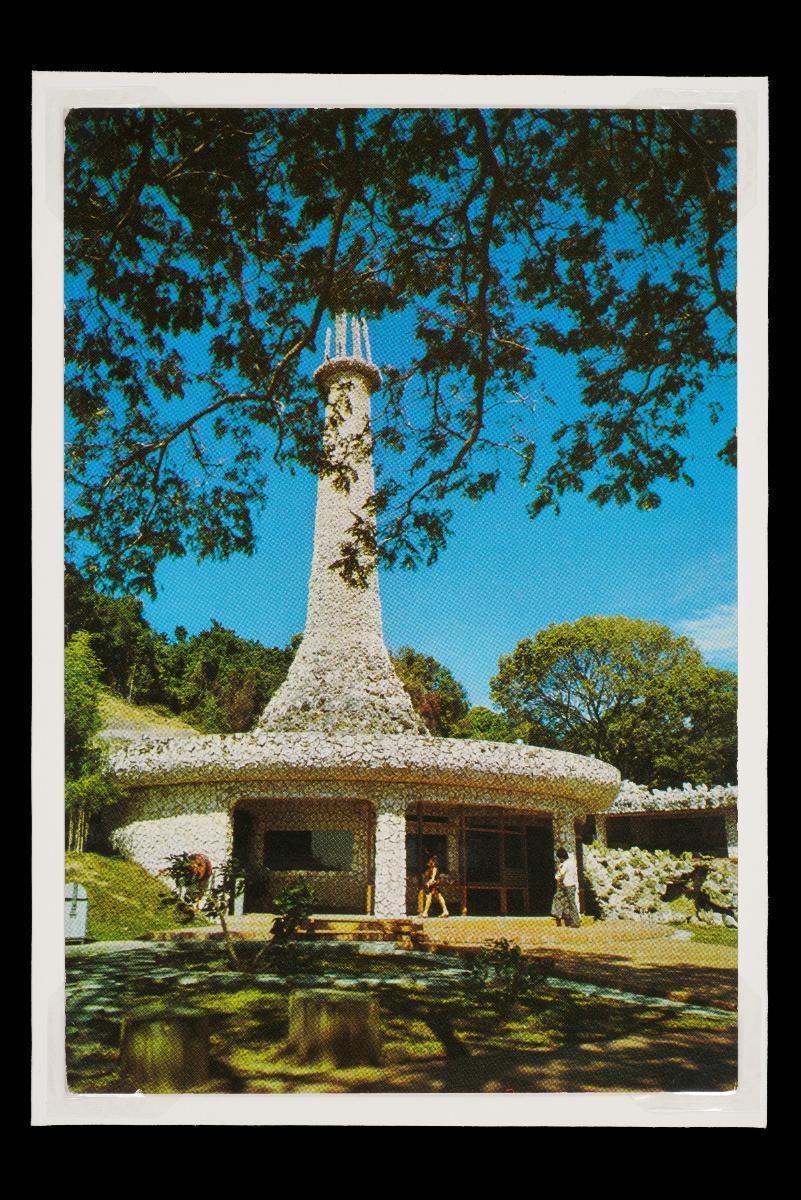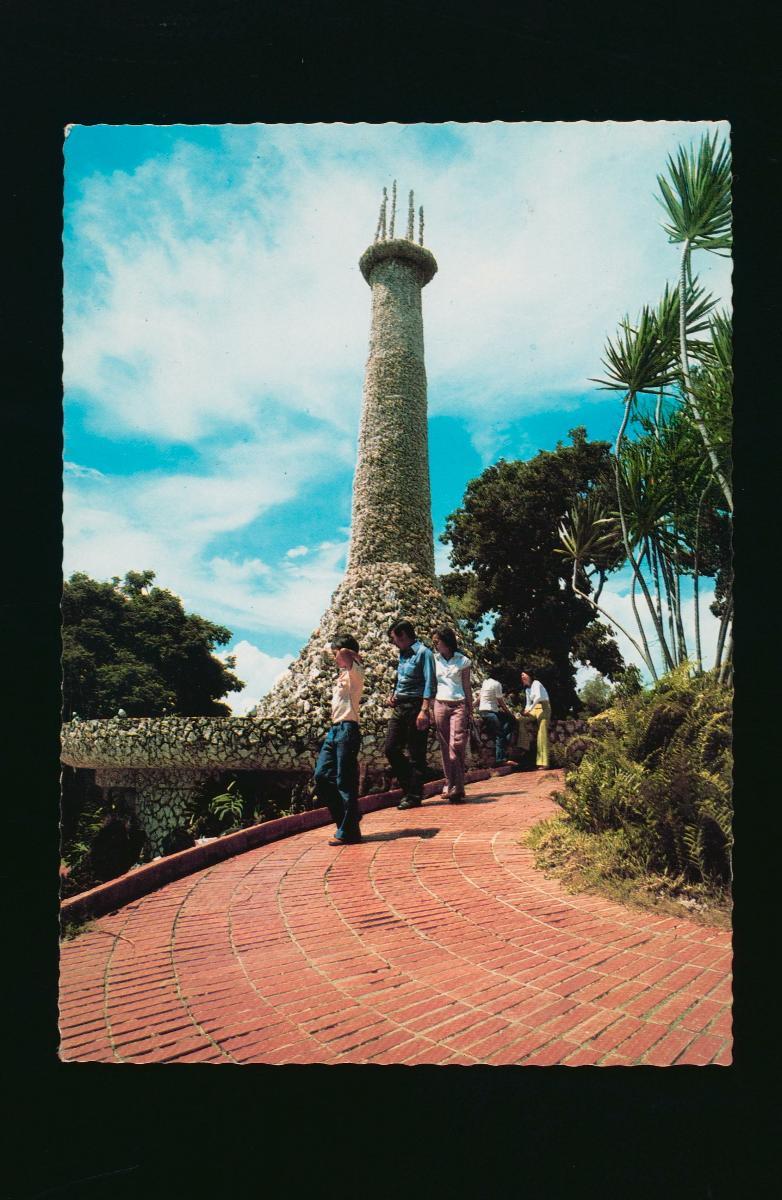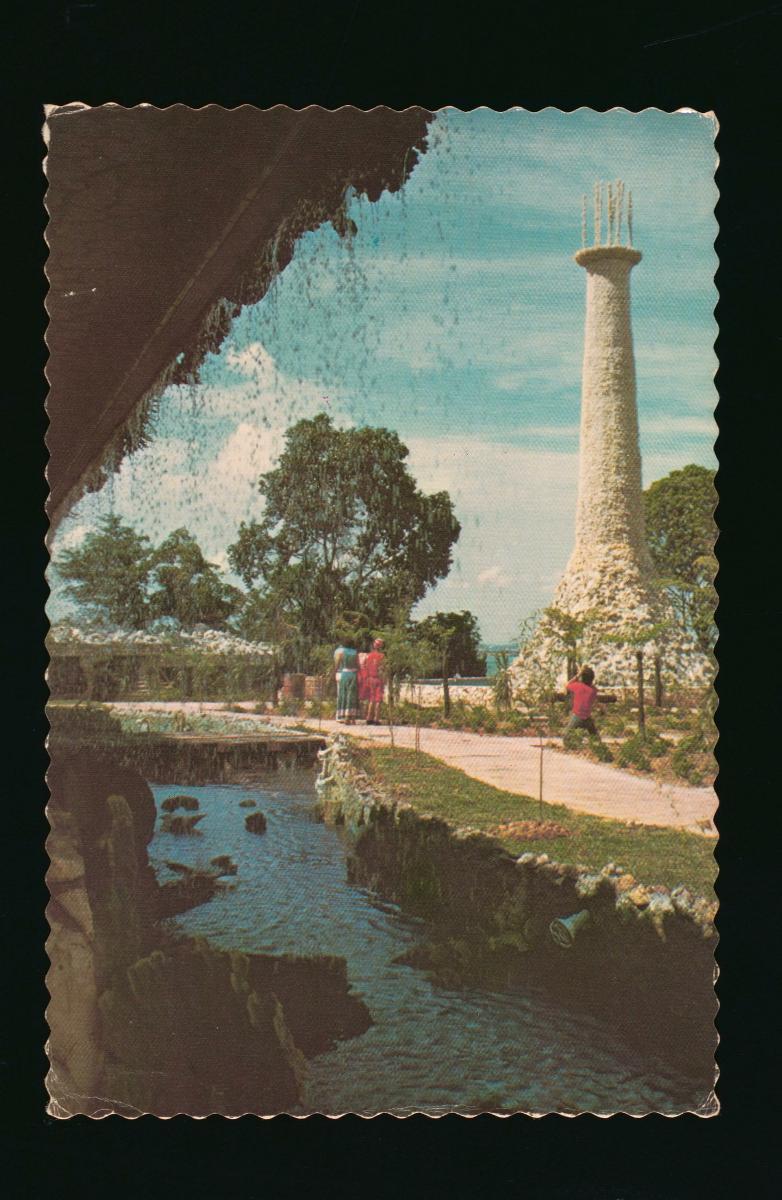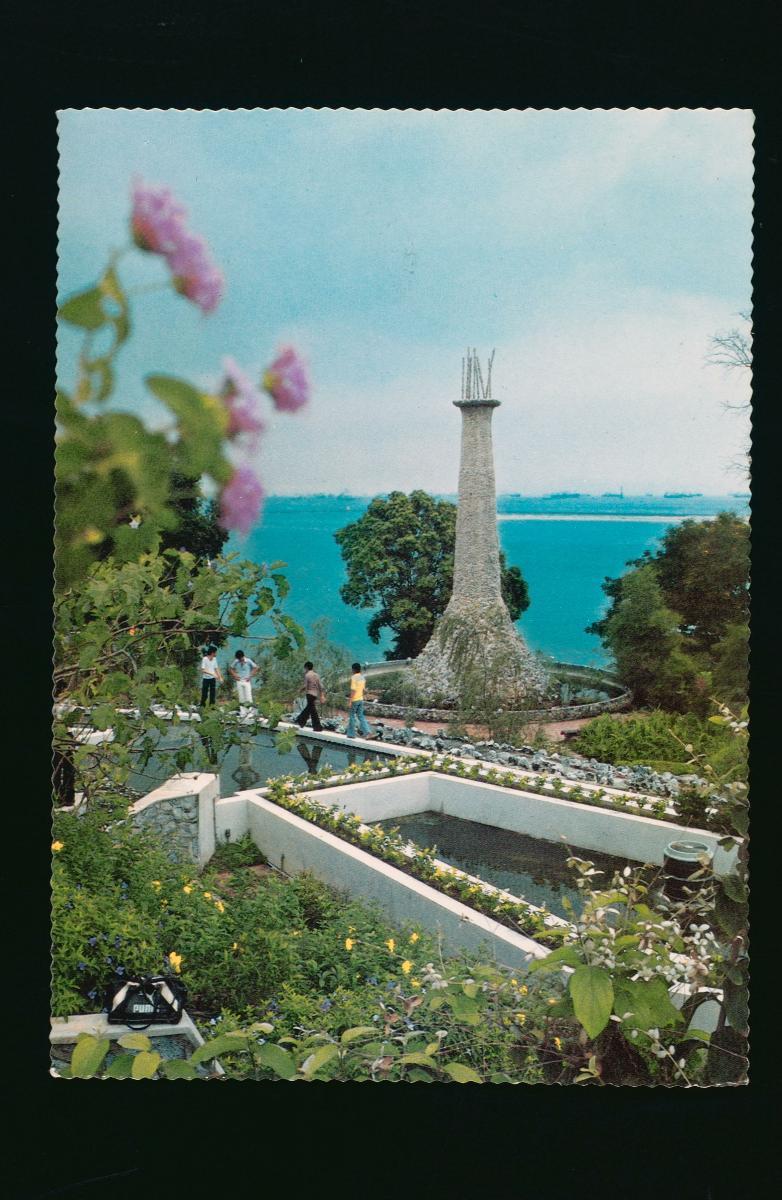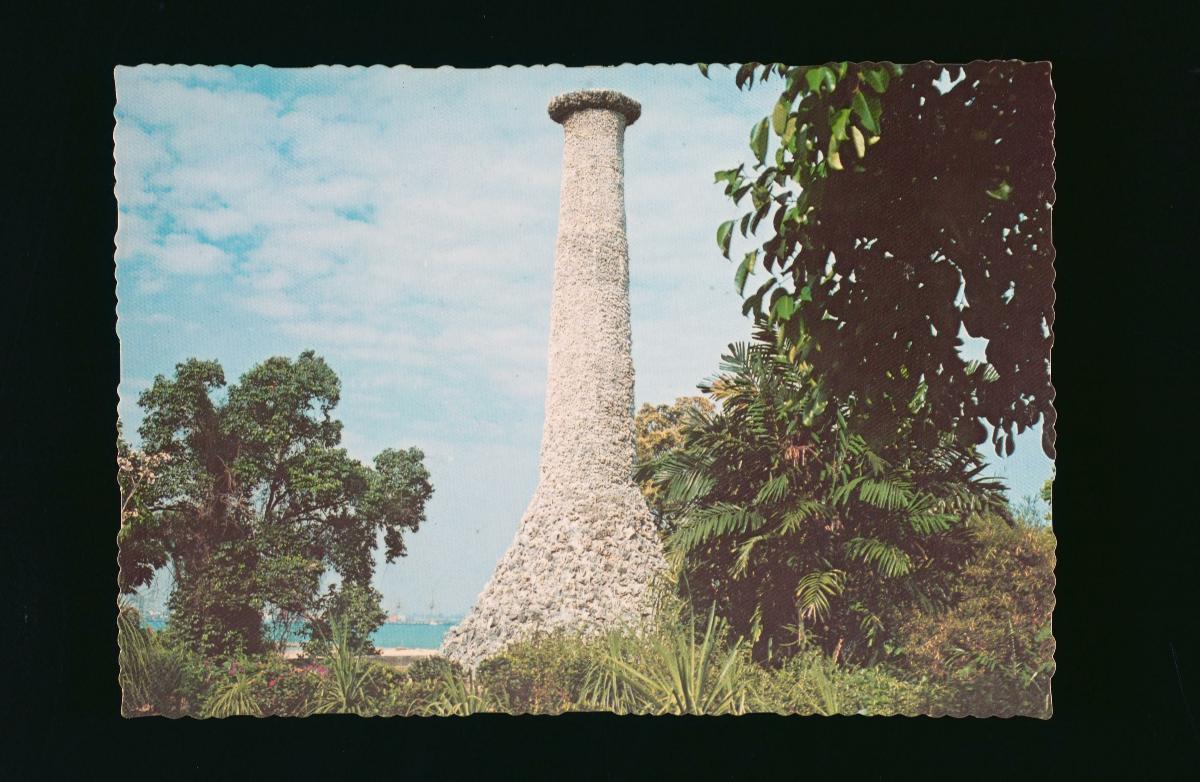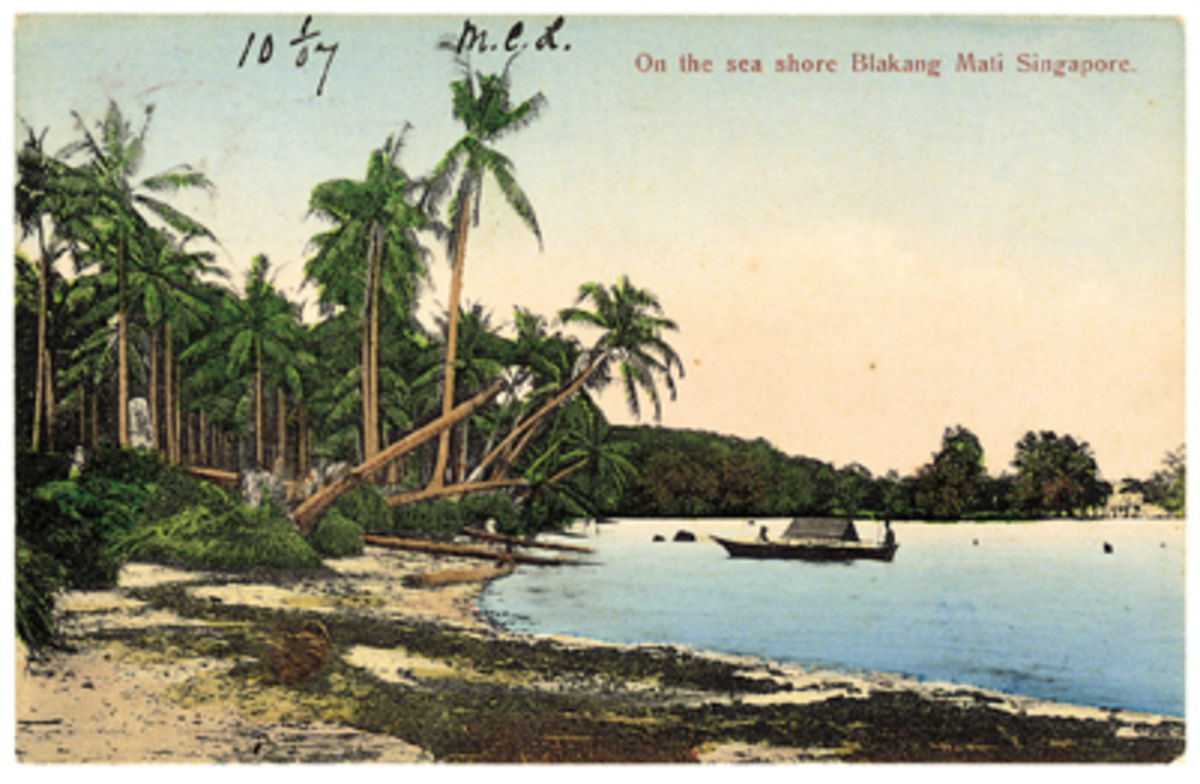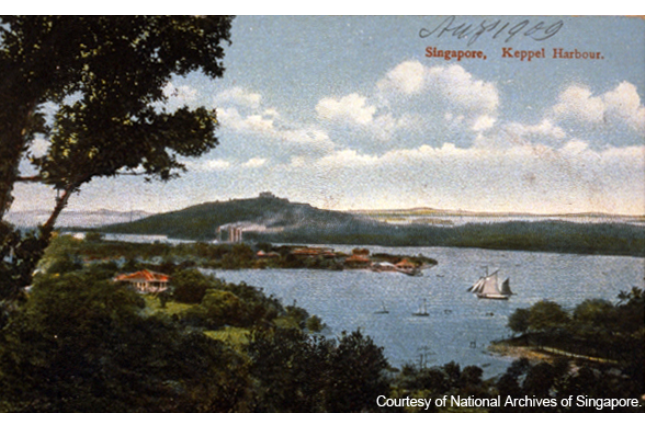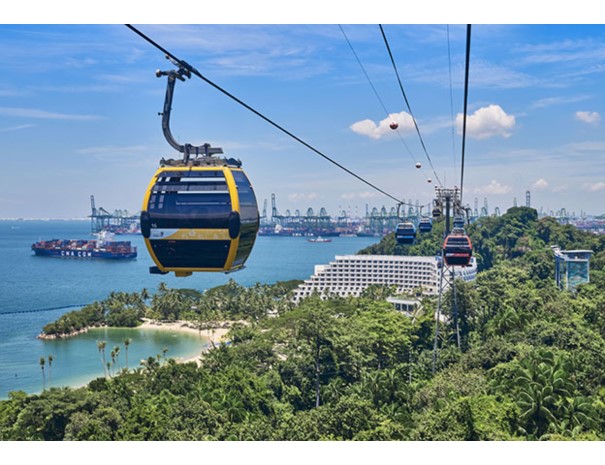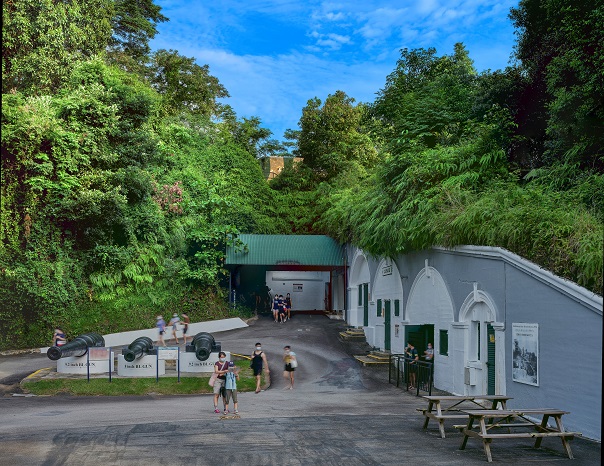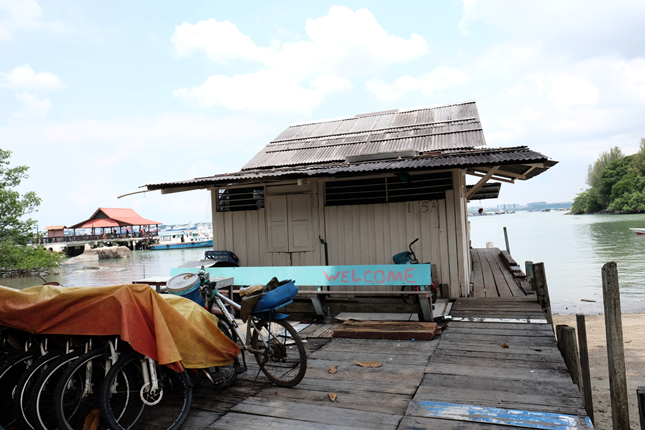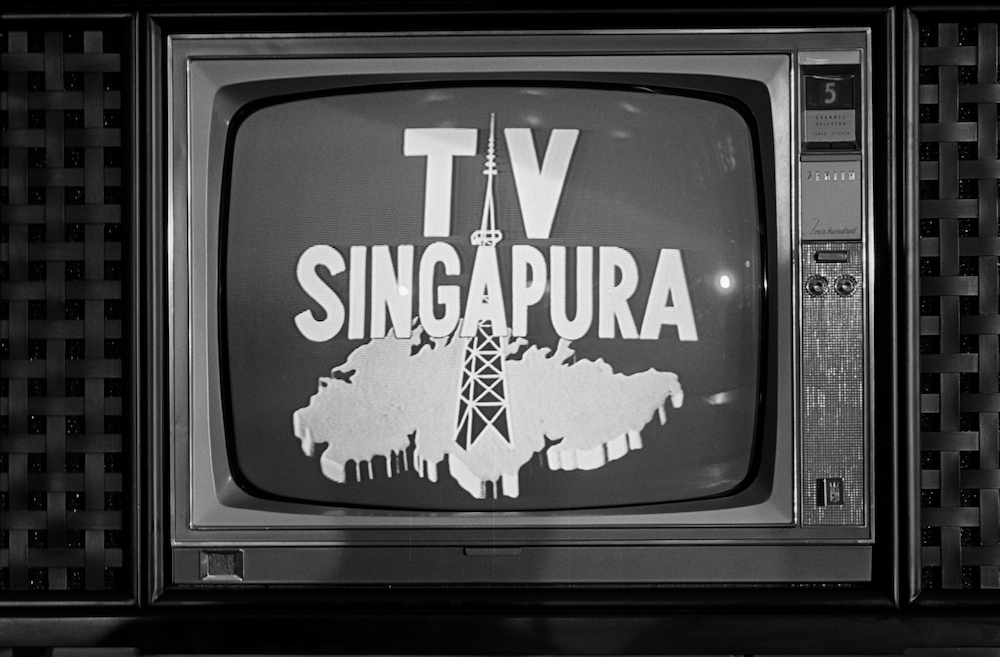Located off the southern coast of mainland Singapore, Sentosa (Isle of Tranquillity) was initially known as Pulau Blakang Mati (Island Behind Death). Starting from the 1880s, the island was an important British military base with a number of forts built on it to protect the southern shipping lanes. In 1970, the island was renamed Sentosa following a naming contest organised by the Singapore Tourist Promotion Board (STPB). The development of the island into a tourist and recreation resort came under the management of the Sentosa Development Corporation (SDC), which was formed in 1972.One of the projects under the development plan for Sentosa was a coral garden situated atop Mount Serapong on the eastern end of the island. The project was first announced in 1971 and was the brainchild of then Minister for Defence, Dr. Goh Keng Swee. Marine life expert Johnny Johnson was subsequently recruited to manage the project. Opened in 1974 as the Coralarium, it was the first such attraction to be found in Asia. The Coralarium complex was situated amidst four acres of beautiful garden grounds complete with landscaped pools. The coral exhibits were housed in a main building, designed by the Urban Renewal Department, which had an 18-metre-tall coralon tower. Inside the uniquely shaped building was a 60-metre-long continuous display corridor that showcased various corals and seashells. The Coralarium’s distinctive coralon tower was dismantled in June 1983 due to safety concerns over its structural stability.




